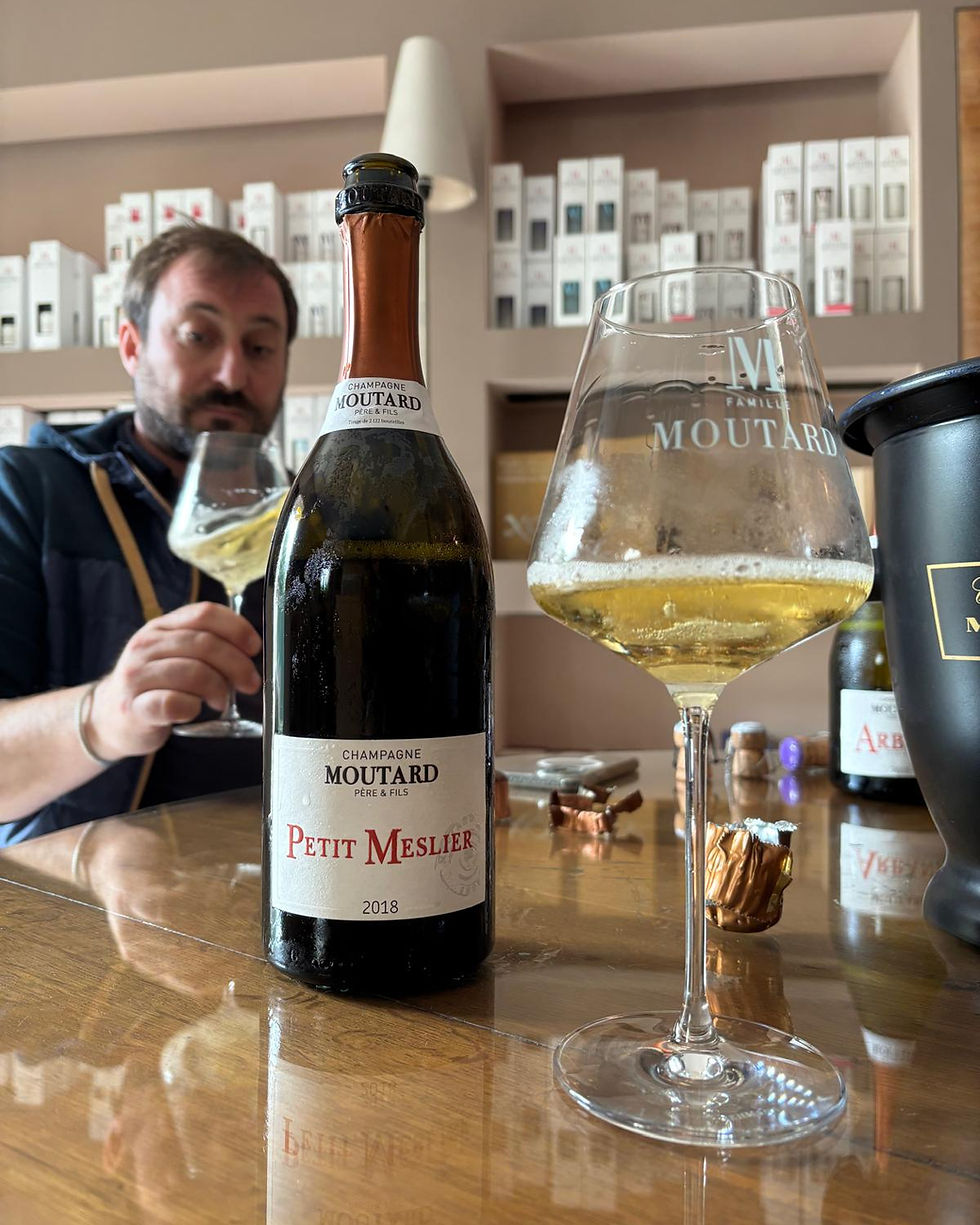Three words of wisdom from Odilon de Varine, Cellar Master of Gosset Champagne
- Lucy Edwards

- Jun 10, 2020
- 3 min read
Updated: Jun 12, 2020
On the 29th of May, we were honoured to be joined for an online tasting by Odilon de Varine, Cellar Master at Gosset. Having safeguarded the style of the house since 2006, Odilon walked us through his Brut Reserve as well as one of his first vintages: the prestige cuvee 2007 Celebris.
Over the hour we spent together, Odilon shared some fascinating stories with the attendees around the virtual tasting table.
1. The key in vinification is no recipe
The Gosset blends are always slightly different year on year. Odilon has been slowly changing his blend from a majority of pinot noir to over 50% of their sourcing is now chardonnay. This is to counteract the change of aromatic profiles due to global warming. "Because of global warming, pinot noir is riper and riper, and if we want to keep this minerality and freshness in the wine we need to add more and more chardonnay".

Odilon and Gabrielle Bouby-Malagu, Gosset oenologist, blending in 2019.
Reserve wines are classified by style and not by year or varietal. Gosset has a specific practice which is quite unique. They taste all their reserve wines blind, and do not label their vats. Nature will not respect their recipe so they have to adapt each year and play it by ear (or palate).
Dosage testing is also conducted blind, and will change from year to year and for each cuvee.
2. The 2020 harvest may be one of the earliest yet due to climate change, but also to vine age.
We are in for another hot year, and the vines are said to be growing so fast that harvest will be early yet again. Experts say that we can expect the first grapes to be picked around the 20th of August, which is only the 5th time in history that harvest has been opened before September. Most blame this one global warming, but Odilon says it is more complicated than that.
Champagne as a region has evolved by leaps and bounds over the past 500 years, and never have the vines been so healthy and so well looked after. With new technologies, monitoring and peaceful rolling hills, the vines have grown deeper into the ground, allowing the roots to bring up more nutrients to the grapes. This combined with the warm weather, makes for early ripening.
3. Gosset bottles were recovered from a 1841 shipwreck in Port Philip Bay in Australia

image from the Nepean Historical Society
The William Salthouse was on the first trading voyage between the dominions of Canada and the colony at Port Phillip when the boat struck a reef off Point Nepean and sank in November 1841. The ships manifest states that it was carrying over 360 bottles of Champagne, Sauternes and Muscat. The wreck was excavated in 1983 and the bottles were found packed in large wicker baskets which each carried a dozen bottles, and were typical nineteenth-century style with heavy, green glass. The corks were heavily marked by the string used to tie them down in the day, and displayed clearly the word AY on the bottoms. Being one of the only houses trading from Ay, and having sent bottles to Canada in the 1830s, it was decided that these bottles were indeed from the house of Gosset. More information here.

More snippets from the tasting can be found on our Youtube page. Subscribe to receive updates on our tastings, and videso of me making a fool of myself. Exhibit A:




.jpg)















Comments